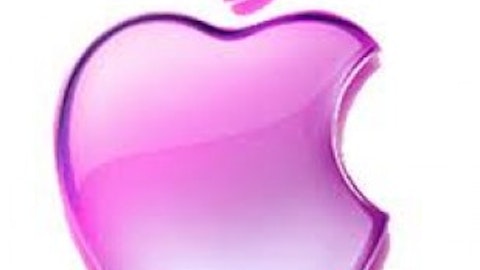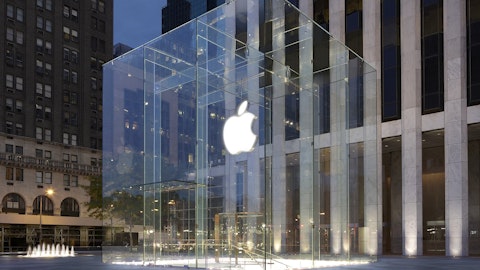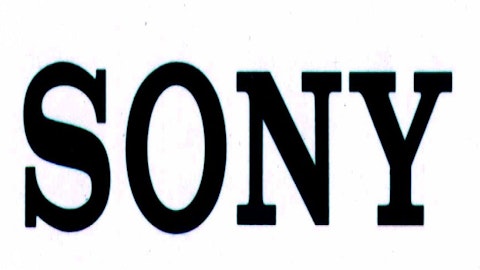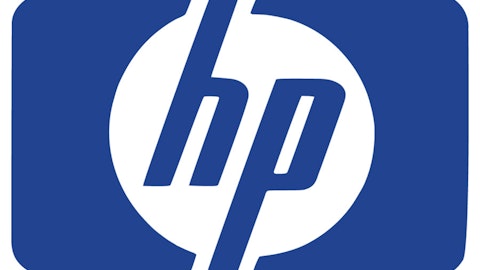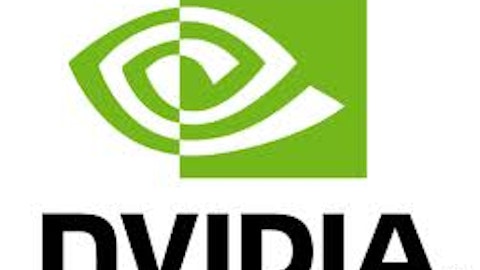I’ll be honest, when I started to do research for this post, I started out thinking that Microsoft Corporation (NASDAQ:MSFT) had a problem. However, the more I thought about it, I think the company’s problem may not be an issue after all. The potential issue is the Surface tablet, and the problem I see is pricing.
The First Time In A Long Time
For the first time in a while, Microsoft Corporation (NASDAQ:MSFT) got my attention when they introduced the Surface tablet. Apparently I’m not the only one, as Travis Hoium of Fool.com also seemed impressed by the tablet and Windows 8. He wrote last year that, “Windows 8 brings common functionality for desktop and mobile users, something not even Apple Inc. (NASDAQ:AAPL) does. He said that when it comes right down to it, there are about a billion customers that really have nowhere else to go.
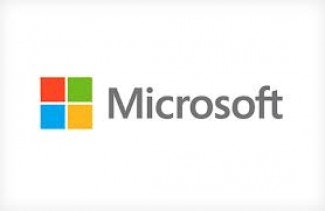
This Thing Has 99 Problems And 98 Could Be Solved With Better Pricing
When it comes to the Surface RT model, I know that it comes with Office, but that won’t be enough for most users. The problem is, at $499 a customer can get a 16 GB iPad and get at least 600,000 more available apps. If that iPad user wants something akin to Office, they can purchase QuickOffice (which is owned by Google) for about $15 and get a full office suite that syncs with Dropbox, Box.net, Google Drive, and others. Adding a keyboard to the iPad is cheaper too with the Logitech International SA (USA) (NASDAQ:LOGI) Keyboard cover selling for $79.99 on Amazon.com, Inc. (NASDAQ:AMZN) versus the $119.99 cost of the Touch Cover Microsoft sells.
The only thing the Surface Pro is a Pro at is pricing. Starting at $899, Microsoft Corporation (NASDAQ:MSFT) priced themselves out of the market. Users are going to need the Type Cover for $129.99 to get real work done. While the Touch Cover looks cool, it’s like typing on a piece of cardboard. This means a business user would spend at least $1,028 on the 64 GB model. However, since Microsoft Corporation (NASDAQ:MSFT) chose to not offer separate user defined storage, the actual user accessible storage is 23 GB. I know that you can add external storage through the USB or SD card slot, but that adds to the final price. In addition, when was the last time you saw someone carrying a tablet around with a hard drive attached?
The problem with the Surface Pro is there are better alternatives. For instance, between Dell Inc. (NASDAQ:DELL), Hewlett-Packard Company (NYSE:HPQ), and Samsung, there are multiple devices that can do what the Surface Pro does. Take a look at a side-by-side comparison:
| Name | Total Price | Processor | RAM | HD | Screen |
| Surface Pro | $1,028.00 (with Type Cover) | Intel i5 | 4GB | 64GB | 10.6” touch |
| Dell XPS 13 | $999.00 | Intel i5 | 4GB | 128GB | 13.3” touch |
| Hewlett-Packard Envy x2 | $850.00 | Intel Atom | 2GB | 64GB | 11.6” |
| Samsung ATIV Smart PC | $649.99 | Intel Atom | 2GB | 64GB | 11.6” |
(Dell and HP pricing through Dell.com and HP.com, Samsung ATIV pricing through Amazon.com)
The Dell model offers a bigger screen, double the hard drive space, and costs about $30 less. The HP and Samsung offerings have bigger screens, and are between $178 and $378 cheaper. The bottom line is, customers will shop around and find very quickly that the Surface Pro is no great bargain.
Why It Doesn’t Matter In The End
Whether customers buy the Surface or not, Microsoft still wins. The reason is simple, by introducing the Surface lineup, Microsoft forced their hardware partners to move quickly to produce competing products. What do each of the competing products have in common? Each of these products has Intel inside, which should be good news as Intel tries to push into the mobile arena. Second, each of these products runs Windows 8. Since Microsoft gets paid a licensing fee no matter what, the company may actually do better if the Surface is short lived.
Traditionally speaking, hardware is a lower margin business than software. This is a big part of the reason that Apple’s gross margin is 38.63% versus Microsoft’s gross margin is 73.47%. In another example, Google’s Motorola Mobile division’s gross margin is just 17.14%. Does Microsoft really want to make a push into an area with significantly lower margins?
In the end, this is all about getting Windows 8 noticed. Since Microsoft’s stock is trading at under 10 times projected earnings, anything to get more users interested in Windows 8 is a plus. The company’s 3.3% yield is nice while investors wait for Windows 8 to move computing forward. Intel investors should also be happy because as we noticed, Intel is inside of each of these devices. Another way to play the Windows 8 story would be to buy Intel. The company pays a better yield than Microsoft at 4.25%, and analysts expect 12.33% growth in earnings because of Windows 8, and continued strength in the server field. No matter how you play it, whether the Surface is a hit, may not really matter after all.
The article Does It Matter If This Doesn’t Sell? originally appeared on Fool.com and is written by Chad Henage.
Copyright © 1995 – 2013 The Motley Fool, LLC. All rights reserved. The Motley Fool has a disclosure policy.
